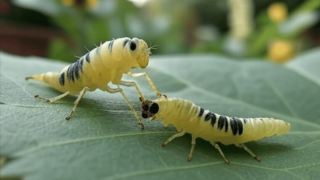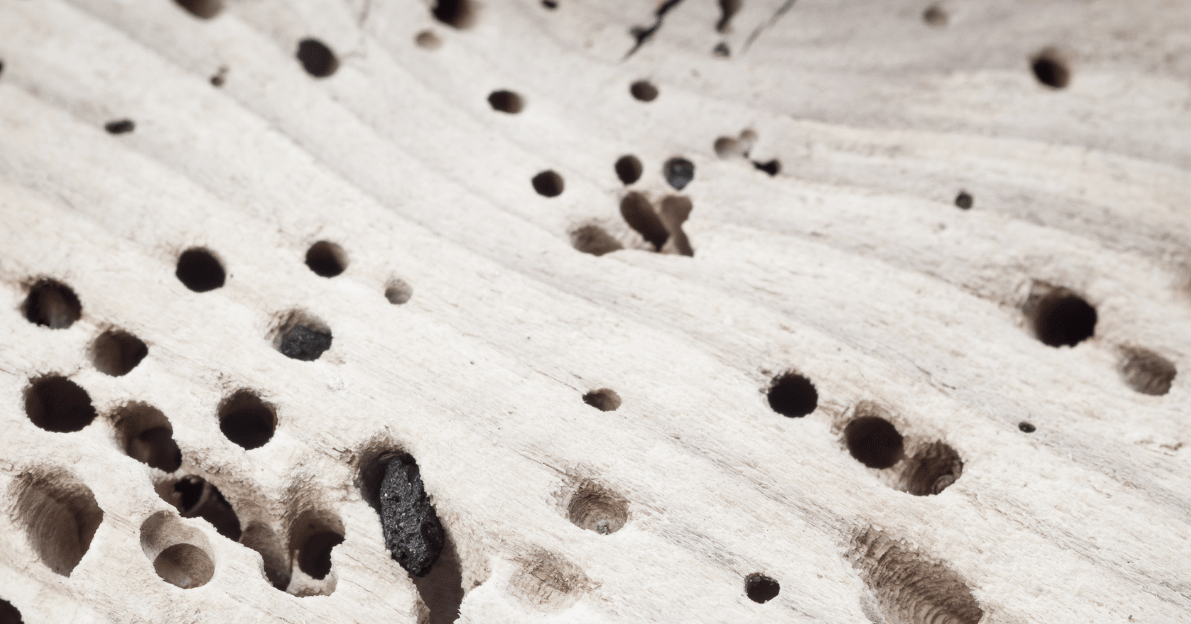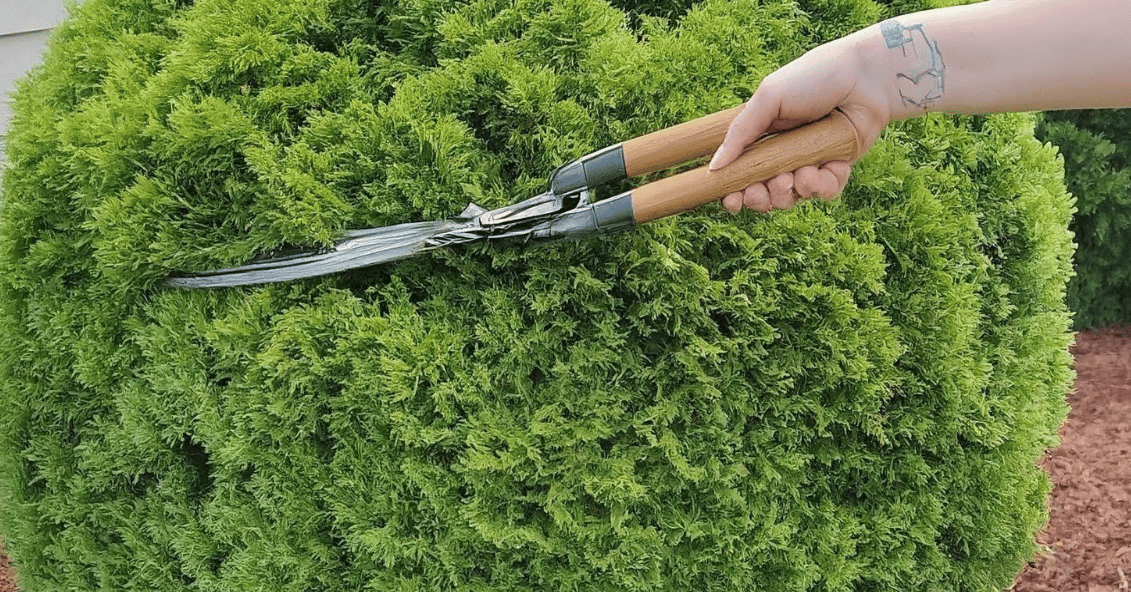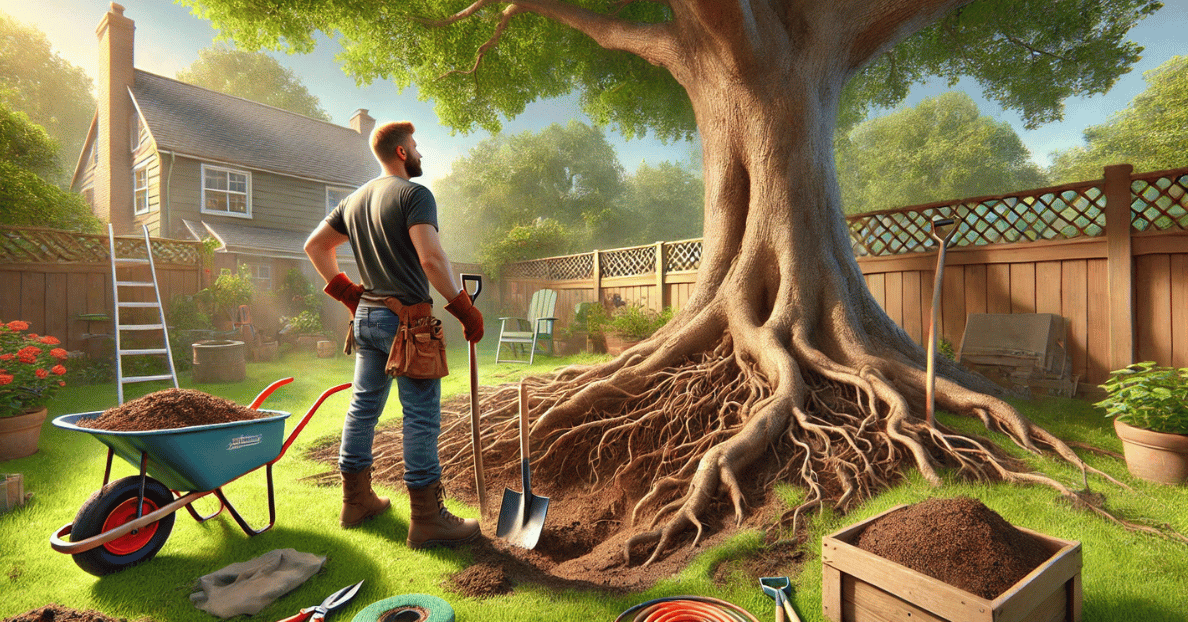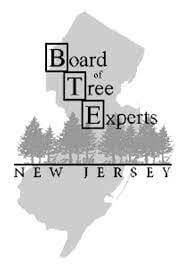Sawfly larvae are small, soft-bodied insects that resemble caterpillars. They are not flies. They belong to the same insect group as wasps and bees.
These larvae feed on the leaves of trees and shrubs. If left alone, they can strip entire branches of foliage.
Identification and Description of Sawfly Larvae
Sawfly larvae can look a lot like caterpillars, but there are key differences to help you tell them apart. One of the easiest ways to identify sawfly larvae is by counting their prolegs. Unlike butterfly and moth caterpillars, sawfly larvae have more than five pairs of prolegs and lack crochets, the tiny hooks you’d find on true caterpillars.
They often have a tapered shape with yellow heads, distinct black spots, or even a double black stripe running down their backs. Some show aposematic coloration—bright warning colors that signal they’re not easy prey. When threatened, sawfly larvae may take on a defensive posture or start regurgitating an irritating liquid to ward off predators.
You’ll often see them in clusters, which is another sign you’re dealing with sawflies. This clustering behavior, combined with their anti-predator adaptations, makes them especially noticeable in gardens and on shrubs. Learning to recognize these traits can help you manage infestations before they get out of hand.
Types and Species
There are many different types and species of sawflies, and each has unique traits that affect how they interact with trees and plants. Some, like the azalea sawfly and roseslug sawfly, target garden favorites, feeding on leaves and causing noticeable damage. Others, like the dogwood sawfly and pear sawfly, are more specific to certain trees and shrubs.
Forest species such as the european pine sawfly, white pine sawfly, and redheaded pine sawfly often attack conifers, feeding in groups and stripping needles from branches. The yellowheaded spruce sawfly is another common pest in colder regions, while stem sawflies burrow into plant stems, weakening the plant from the inside.
The gall sawflies are known for causing swelling or galls on leaves or stems. All of these insects fall under larger families like diprionidae and tenthredinoidea, which include dozens of regional and plant-specific species. Knowing which type of sawfly you're dealing with helps determine the right treatment and prevention strategy.
Life Cycle and Biology
Sawfly larvae go through a life cycle known as complete metamorphosis, which includes egg, larva, prepupae, pupa, and adult stages. Females lay eggs on host plants, often leaving visible egg laying scars on leaves or stems.
Once the eggs hatch, the larvae emerge and begin group feeding, which can quickly strip leaves from trees and shrubs. These larval stages grow through several molts before entering the prepupae phase. They then leave the plant and seek out overwintering sites or pupation sites in soil or leaf litter.
Some species produce more than one generation per year, with a second generation appearing later in the season. The life expectancy of adult sawflies is short, but their impact can be long-lasting. Understanding their biology helps with control, especially during active feeding and before cocoons form. Knowing when and where they overwinter also makes it easier to manage outbreaks before they return.
Damage and Impact on Plants
Sawfly larvae feed on leaves and needles. They can skeletonize leaves or strip them entirely.
This weakens the plant. It may reduce growth or even lead to death after repeated infestations.
Pines and other conifers are especially vulnerable. Losing too many needles prevents proper photosynthesis.
Ecology and Interactions
Sawflies play a role in forest ecosystems. Birds and predatory insects feed on them.
However, in managed landscapes, their damage outweighs their ecological value.
Heavy infestations stress ornamental trees and affect property aesthetics.
Human Relevance and Resources
Sawfly larvae may not seem important at first, but they matter more than you think—especially for gardeners. These pests often target plants like hibiscus, hollyhock, mallow, and rose of sharon, chewing through leaves and leaving behind major damage. If you grow these plants, spotting sawfly larvae early is key. While they don’t harm humans through direct contact, their presence can affect the health of your garden.
Birds like partridges may eat the larvae, making them a natural food source for chicks during nesting season. Still, if an infestation gets out of control, you may need repeat applications of a garden-safe product to manage the problem. For anyone dealing with plant damage, knowing what to look for and how to respond makes a big difference. Reliable garden resources can help you learn more about these pests and how to protect your plants effectively.
Management and Control
Controlling sawfly larvae depends on early detection. Once they’ve matured, they’re harder to manage.
Here’s what to do:
- Inspect Regularly: Check young leaves in spring and early summer.
- Hand Pick: If you see small clusters, remove them by hand.
- Prune: Cut off heavily infested branches. This slows their spread.
- Use Horticultural Oils or Soaps: These are gentle and effective on young larvae.
- Apply Insecticides (if needed): Choose products labeled for sawfly. Avoid Bacillus thuringiensis (Bt), which only works on caterpillars.
Always read the label. Follow safety guidelines.
For large infestations or tall trees, call a certified arborist. We have the tools and training to manage pests safely.
Why Choose Strobert Tree Services?
At Strobert Tree Services, we’ve seen the damage sawfly larvae can do.
We offer professional plant healthcare that protects your landscape. Our certified arborists know how to identify, treat, and prevent sawfly infestations.
Whether you need pruning, pest control, or tree removal, we’re here to help.
We don’t just treat the symptoms. We care for the whole tree.
When to Call an Arborist
If you see unusual leaf damage or clusters of larvae, call us.
If you’re not sure what species is on your tree, we’ll identify it.
If your trees are stressed from repeated infestations, we’ll develop a long-term care plan.
Our team serves homeowners and property managers throughout Delaware, Pennsylvania, and New Jersey.
Final Thoughts
Sawfly larvae may be small, but the damage they cause can be big.
Early detection and proper management are key.
Don’t wait until leaves are falling or trees are bare. Protect your landscape with expert care.
Contact Strobert Tree Services today. We offer pruning, removal, and plant healthcare services led by certified arborists.
Visit our website or call now for a free assessment. Let’s keep your trees healthy, beautiful, and pest-free.


